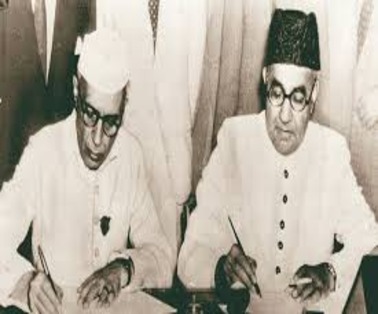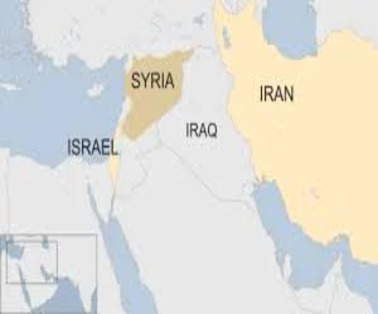On April 24, 1973, the SC delivered its landmark judgment in Kesavananda Bharati case which was also the foundation of the Basic Structure Doctrine
Who Was Kesavananda Bharati?
- Since 1961 Kesavananda Bharati was the head seer of the Edneer Mutt in Kasaragod district of Kerala
- He belonged to the Parampara of Thotakacharya, one of the first four disciples of Adi Shankara.
- He was a follower of the Smartha Bhagawatha tradition of Advaitha Pantha.
- He took Sanyasa at the age of 19 and headed the Edneer Mutt as the Peetadhipathi until his death in September 2020
- Kesavananda Bharati was a Carnatic and Hindusthani vocalist, and master of Yakshagana, an Indian art and theatre form.
- He left his signature in one of the significant rulings of the Supreme Court when he challenged the Kerala land reforms legislation in 1970.
About The Kesavananda Bharati Case
- Bharati had moved the top court on 21 March 1970 against the land reforms law passed by the Kerala government with an objective to distribute land among landless farmers.
- He had challenged the law after the legislation regarding land reforms had threatened to strip his mutt of its property which was the only source of income for the ashram.
- Bharati had filed the case challenging the Kerala Land Reforms (Amendment) Act, 1969 and the three Constitutional amendments — 24, 25 and 29
- This was on the ground that they violated his fundamental right to practice and propagate religion (Article 25); freedom of religious denomination, including managing and administering its property, (Article 26); and right to property (Article 31).
What Happened Under The Kesavananda Bharati Case?
- The Supreme Court overruled its judgment in the Golak Nath case.
- It upheld the validity of the 24th Amendment Act and stated that Parliament is empowered to abridge or take away any of the Fundamental Rights.
- At the same time, it laid down a new doctrine of the ‘basic structure’ (or ‘basic features’) of the Constitution.
- It ruled that the constituent power of Parliament under Article 368 does not enable it to alter the ‘basic structure’ of the Constitution.
- This means that the Parliament cannot abridge or take away a Fundamental Right that forms a part of the ‘basic structure’ of the Constitution
What Is The Basic Structure Doctrine?
- The word “Basic Structure” is not mentioned in the constitution of India.
- The concept developed gradually with the interference of the judiciary from time to time to protect the basic rights of the people and the ideals and the philosophy of the constitution
- It originated in the German Constitution which, after the Nazi regime, was amended to protect some basic laws.
- The Constitutional Bench in Kesavananda Bharati case ruled by a 7-6 verdict that Parliament could amend any part of the Constitution so long as it did not alter or amend the basic structure or essential features of the Constitution.
The basic features of the Constitution are as follows:

Impact Of The Kesavananda Bharati Case
- Since the Kesavananda Bharati judgment (1973), the Constitution has been amended more than 60 times
- In past 5 decades the Supreme Court has tested constitutional amendments against the doctrine of basic structure in at least 16 cases.
- Kesavananda Bharati case contained the highest constitutional bench (13 members) and longest hearing (68 days) of Supreme Court
To Download Monthly Current Affairs PDF Click here
Get Inspiration from CLAT 2025 Topper
Click here to get a free demo
Everything About CLAT 2025
Frequently Asked Questions
Which article of the constitution defines right to property?
Article 31 of the constitution defines right to property?
Which article defines right to practice and propagate religion?
Article 25 defines right to practice and propagate religion
The emergence of the basic structure doctrine is found in?
The emergence of the basic structure doctrine is found in the German Constitution



